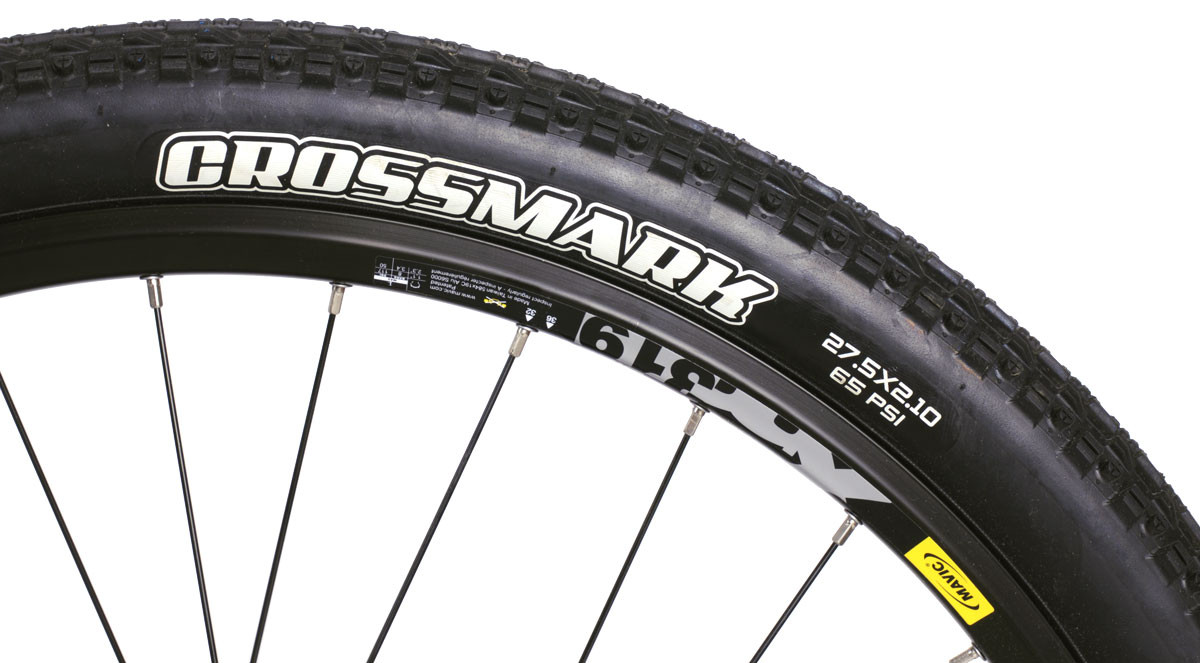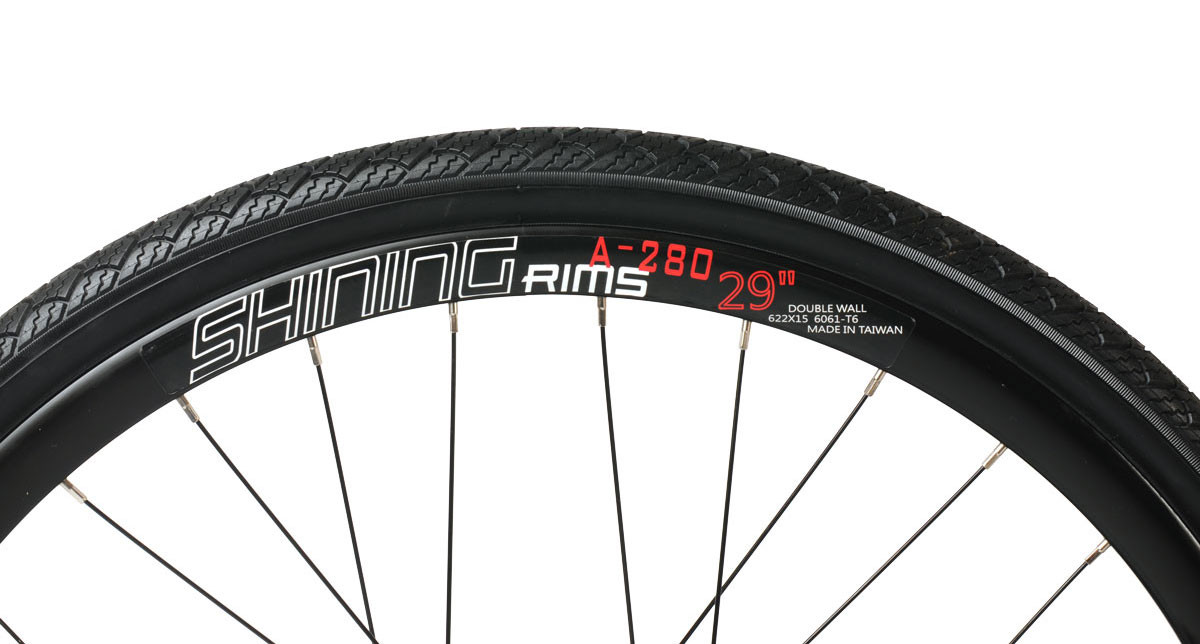Navigating the world of bicycle wheel sizes can initially feel overwhelming. From folding bikes to mountain behemoths, the variety seems endless. Why are there so many options? Why do different names sometimes refer to the same size? And most importantly, how do you choose the best wheel size for your riding style? This comprehensive guide breaks down everything you need to know about Bike Wheel Sizes, helping you make informed decisions for your cycling needs.
 A variety of bicycle wheels are displayed, showcasing different sizes and tire types, highlighting the diversity available for different cycling needs and preferences.
A variety of bicycle wheels are displayed, showcasing different sizes and tire types, highlighting the diversity available for different cycling needs and preferences.
Exploring Smaller Bike Wheel Sizes
16-inch Wheels (ISO 305 mm)
Often the first wheels many cyclists encounter, 16-inch wheels are most commonly found on children’s bikes. However, they also appear on adult folding bikes where compactness is prioritized over ride quality. While ideal for young riders learning balance, 16-inch wheels present challenges on uneven surfaces. Their small diameter makes them susceptible to bumps, debris, and potholes, leading to a less smooth and stable ride.
Riding a bike with 16-inch wheels differs significantly from a standard adult bike. The smaller turning radius and wheelbase result in more sensitive steering, which can feel twitchy. Furthermore, these smaller wheels require higher gear ratios to achieve comparable speeds to larger wheels. This translates to increased effort, particularly when climbing hills, making them less efficient for longer distances or varied terrain.
20-inch Wheels (ISO 406 mm)
The standard size for BMX bikes and a popular choice for small-wheel folding bikes, 20-inch wheels are favored in BMX for their enhanced maneuverability, crucial for flatland and aerial tricks. However, for general cycling, they share similar drawbacks to 16-inch wheels. While offering a slight improvement, 20-inch wheels still experience greater impact from obstacles compared to larger, standard sizes. To accommodate adults on bikes with 20-inch wheels, unique frame geometry and extended handlebar stems are necessary to achieve a comfortable upright riding position. This configuration can sometimes compromise handling and introduce flex in the steering and frame.
ISO 451 Variation: It’s important to note a slightly larger 20-inch wheel variant: the ISO 451 rim. This size is less common but found on some racing BMX bikes and vintage British shopping bikes. When encountering a 20-inch wheel, it’s generally safe to assume it’s the more standard ISO 406, unless specified otherwise.
24-inch Wheels (ISO 507 mm)
Less prevalent than other sizes, 24-inch wheels are primarily used for junior mountain bikes and some BMX “cruiser” models. These cruisers cater to larger riders seeking the BMX geometry and agility but in a slightly bigger format. With the growing emphasis on youth racing and high-performance kids’ mountain bikes, the 24-inch junior mountain bike category is experiencing growth and increased availability.
Standard Full-Size Bike Wheels
26-inch Wheels (ISO 559 mm)
26-inch wheels boast a rich history in cycling. Originating as the standard for American cruisers nearly a century ago, they later became the dominant mountain bike wheel size for decades. When mountain biking pioneers like Joe Breeze, Charlie Kelly, and Gary Fisher were developing the first mountain bikes, 26-inch cruiser wheels were the only readily available option with tires wide enough to handle off-road conditions. Their legacy as the mountain bike standard extends to high-performance folding bikes, including Montague’s Paratrooper line of mountain folding bikes.
Interestingly, the “26 inch” designation for these wheels doesn’t refer to the actual wheel diameter. Instead, it approximates the outer diameter of the tire intended for this wheel size. The true ISO diameter of a 26-inch wheel is 559 millimeters.
 A close-up view of a 26-inch wheel and tire on a Montague Elite folding bike, emphasizing the tire tread and rim detail, showcasing the components of a standard mountain bike wheel size.
A close-up view of a 26-inch wheel and tire on a Montague Elite folding bike, emphasizing the tire tread and rim detail, showcasing the components of a standard mountain bike wheel size.
27.5-inch / 650b Wheels (ISO 584 mm)
The naming conventions for bike wheel sizes can be particularly confusing, exemplified by the dual names for ISO 584 mm wheels. Originally termed 650b, these wheels emerged on French touring bikes in the 1960s. Slightly smaller than contemporary road bike wheels, 650b wheels were utilized on smaller road frames that couldn’t accommodate the larger 700c size. While still referred to as 650b in road and gravel cycling contexts, the mountain bike industry adopted and rebranded this size.
As mountain bikes evolved towards larger wheels, the 650b size was repurposed for off-road riding and renamed 27.5 inches. Compared to the previously dominant 26-inch wheels, 27.5-inch wheels offer several advantages for mountain biking. These include improved roll-over capability on obstacles, a larger tire contact patch for enhanced traction, and increased rotational inertia for better momentum maintenance. Montague’s Paratrooper Highline and Paratrooper Elite folding mountain bikes were among the first to incorporate 27.5-inch wheels, showcasing their performance benefits in a folding frame design.
 A detailed shot of a 27.5-inch bike wheel and tire, highlighting the tire profile and rim, illustrating the features of a modern mountain bike wheel size known for its balance of agility and roll-over capability.
A detailed shot of a 27.5-inch bike wheel and tire, highlighting the tire profile and rim, illustrating the features of a modern mountain bike wheel size known for its balance of agility and roll-over capability.
29-inch / 700c Wheels (ISO 622 mm)
Adding to the wheel size nomenclature complexities, 29-inch and 700c wheels are, in fact, the same size! The standard modern road bike wheel, with an ISO diameter of 622 mm, is known as 700c. The historical origin of the “700c” designation is intricate, stemming from a French tire sizing system where “700mm” represented the approximate outer tire diameter, with variations like 700a, 700b, and 700c denoting different rim sizes. While other variations faded, the 622 mm rim became the standard for narrow road tires. Today, nearly all adult bikes designed for paved surfaces utilize 700c wheels, including Montague’s Pavement series of folding bikes, emphasizing the superior performance and ride quality compared to smaller wheel folding bikes.
Similar to the 650b to 27.5-inch transformation in mountain biking, the 700c wheel has been embraced by mountain bikers and rebranded as 29-inch. 29-inch mountain bikes maximize the benefits of larger wheels, offering even greater roll-over capability, enhanced stability, and improved momentum. However, some riders find that the increased size compromises maneuverability and turning radius. While both 29-inch and 700c wheels share the same 622mm diameter, mountain bike rims are typically wider to accommodate wider, more aggressive tires.
27-inch Wheels (ISO 630mm)
The ISO 630mm size, commonly referred to as 27-inch, is largely obsolete in modern bikes. However, it’s worth mentioning due to its prevalence on American road bikes from the 1970s and 80s. Many of these vintage bikes are still in circulation. The 27-inch rim is slightly larger than the modern 700c, a difference often discovered when attempting to fit modern 700c tires. Despite their decline in modern production, tire manufacturers still produce 27-inch tires to cater to the existing stock of these classic wheels. If you’re restoring a vintage steel road bike, your local bike shop can assist in sourcing 27-inch tires.
Oversized Bike Wheels
32-inch (ISO 686 mm) and 36-inch (ISO 787 mm) Wheels
Extremely rare in standard production, 32-inch and 36-inch wheels are primarily found on custom-built frames for exceptionally tall riders. If you are significantly taller than average (over 6’6″), custom bikes with these oversized wheels might be necessary for proper fit and proportionality. A quick online search for “Shaq Bicycle” reveals examples of bikes built for NBA legend Shaquille O’Neal, showcasing the scale of 32-inch and 36-inch wheels in relation to a very large frame. While visually proportionate to such frames, these wheel sizes are truly massive compared to standard bike wheels.
